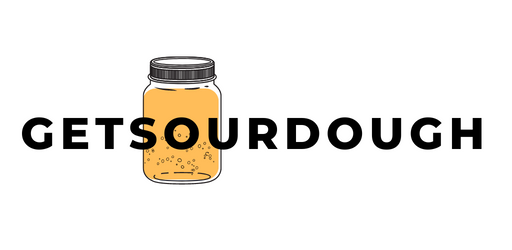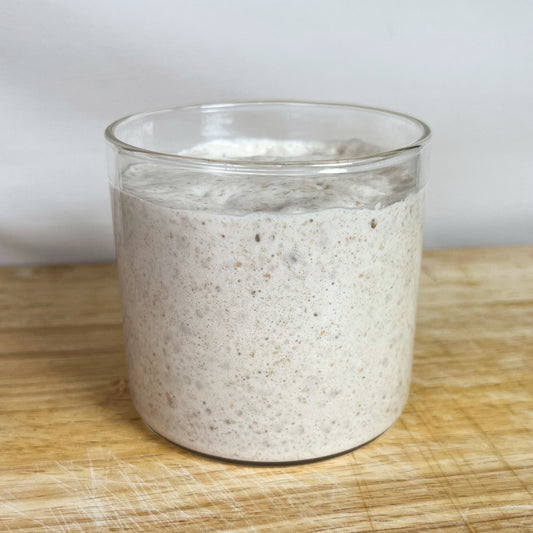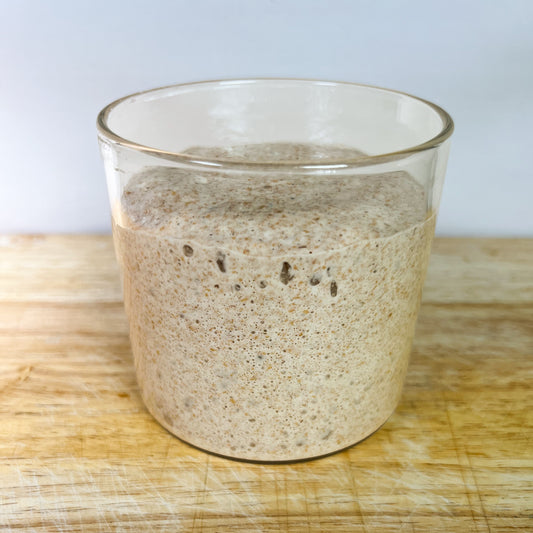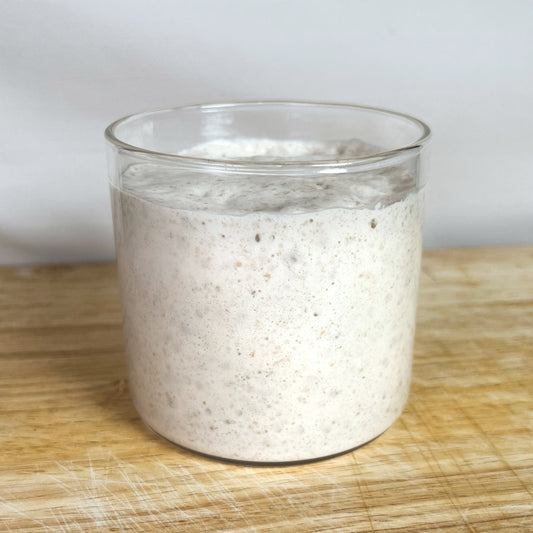Top Tips for Baking Gluten-Free Sourdough Bread

Baking gluten-free sourdough bread may seem like a daunting task, but with the right knowledge, ingredients, and techniques, you can enjoy a delicious homemade loaf that caters to your dietary needs. In this article, we'll explore some top tips for baking gluten-free sourdough bread, covering everything from choosing the right flour to mastering the perfect rise.
- Choose the Right Gluten-Free Flour
One of the most important aspects of baking gluten-free sourdough bread is selecting the appropriate flour. There are several gluten-free flours available on the market, but not all of them are suitable for sourdough bread. Here are some popular options:
- Buckwheat: Despite its name, buckwheat is gluten-free and has a rich, earthy flavour that works well in sourdough bread. It also offers a good amount of fiber and essential nutrients.
- Brown Rice: Brown rice flour is a versatile choice that provides a mild, nutty flavour and a slightly dense texture.
- Sorghum: This gluten-free grain has a slightly sweet taste and can help create a tender crumb in your sourdough bread.
- Teff: Teff flour is another excellent option, with a subtle, nutty flavour and a high nutritional content.
Experiment with different gluten-free flours or use a combination to find the best balance of taste and texture for your sourdough bread.
- Create a Gluten-Free Sourdough Starter
A sourdough starter is the key to achieving that distinctive sourdough flavor and texture. To create a gluten-free sourdough starter, you'll need to use gluten-free flour and follow these basic steps:
- Mix equal parts of gluten-free flour and water in a jar or container, stirring until smooth.
- Cover the container loosely and let it sit at room temperature for 24 hours.
- Feed the starter daily by discarding half of the mixture and adding an equal amount of fresh gluten-free flour and water.
- Repeat this process for about 5-7 days, or until the starter is bubbly and has a pleasant, tangy aroma.
You can also buy Gluten Free Sourdough Starter which gets shipped to you ready to use.
Remember to be patient and consistent with your feedings, as it may take some time for your gluten-free starter to develop and become active.
- Hydration Matters
Gluten-free flours tend to absorb more water than their wheat counterparts, so you may need to adjust the hydration levels in your sourdough bread recipe. Aim for a slightly wetter dough, as this can help improve the bread's texture and prevent it from becoming too dense or crumbly. Experiment with different hydration levels to find the perfect balance for your chosen gluten-free flour.
- Be Gentle with Your Dough
Gluten-free dough can be more delicate and less elastic than traditional wheat dough due to the absence of gluten. To avoid overworking your dough and compromising its structure, handle it gently and minimize excessive kneading or folding. Use a dough scraper or spatula to manipulate the dough when necessary, and be mindful of not over-mixing when incorporating ingredients.
- Use a Proofing Basket
A proofing basket, also known as a banneton, can help support and shape your gluten-free sourdough bread as it rises. Line the basket with a well-floured cloth or use a basket with a non-stick liner to prevent the dough from sticking. The basket will help your dough maintain its shape and develop a beautiful, rustic pattern on the crust.
- Opt for a Longer Fermentation Time
Gluten-free sourdough bread can benefit from a longer fermentation time, as it allows the flavors to develop more fully and helps improve the bread's texture. Let your dough ferment at room temperature for




